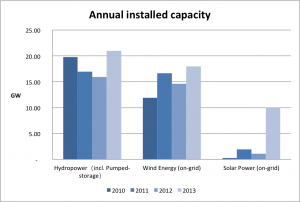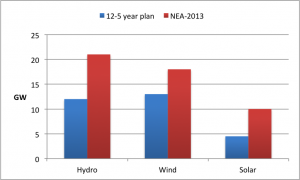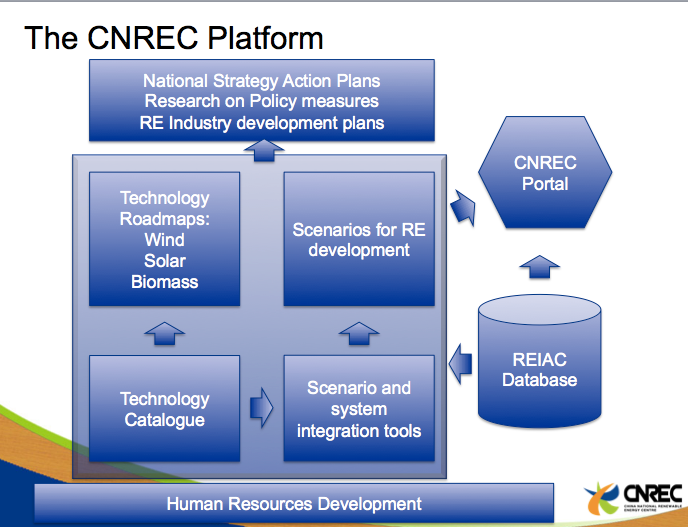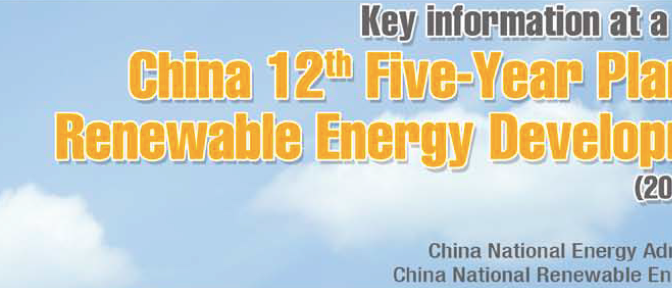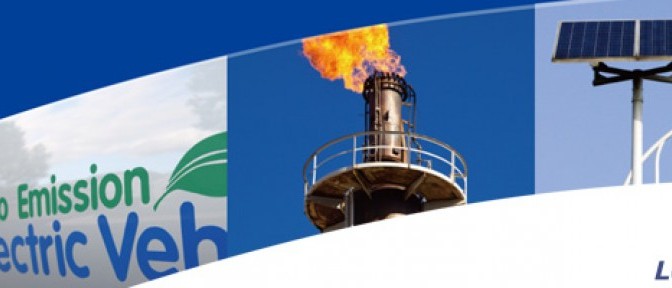China’s twelve five-year plan set new targets for RE development towards 2015.
The plan include the following goals for 2015:
- RE should cover 9.5% of the total energy consumption
- RE should cover more than 20% of the total electricity production
- RE should play a significant role in the heating sector
- RE should be promoted by establishing 30 energy micro-grid demonstration projects, 100 New Energy cities, and 200 Green Energy Counties.
Let us look more at the targets for the power sector.
In 2015, the dominent RE source for power generation will be hydro power, covering around 76% of the total RE electricity generation. Wind energy will cover 16%, biomass power 6% and solar power 2%.
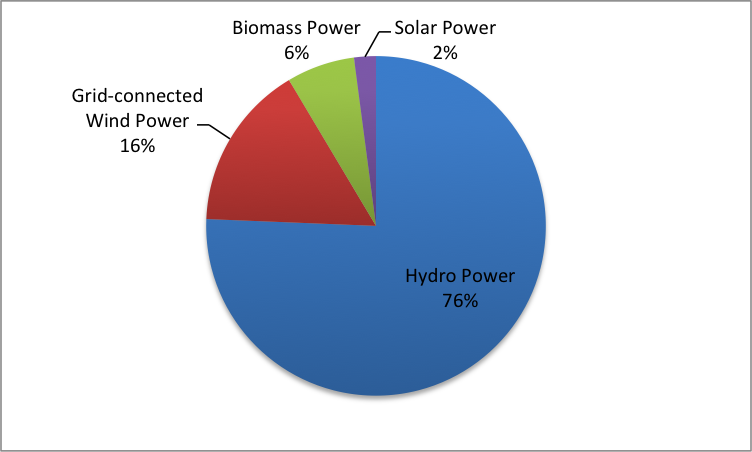
The 12-5 plan only present targets for 2015, not the years from 2011. But if you assume that the RE-development in % should be the same in the years to come, you get the following picture when focusing on wind energy, solar energy and biomass energy.
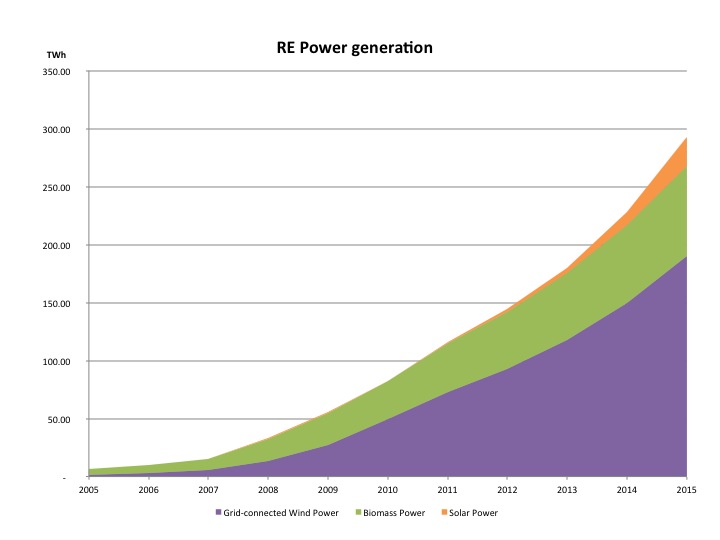
It is clear that wind power will continue to be the main provider of electricity, but actually the growth in deployment of wind will be significantly lower than in the last 5 year. In average the growth rate will be 27% for the years to 2015. More impressive is the targets for solar energy. Here the target is more than 2600% each year. Below are the development targets shown for each technology, including hydro power.
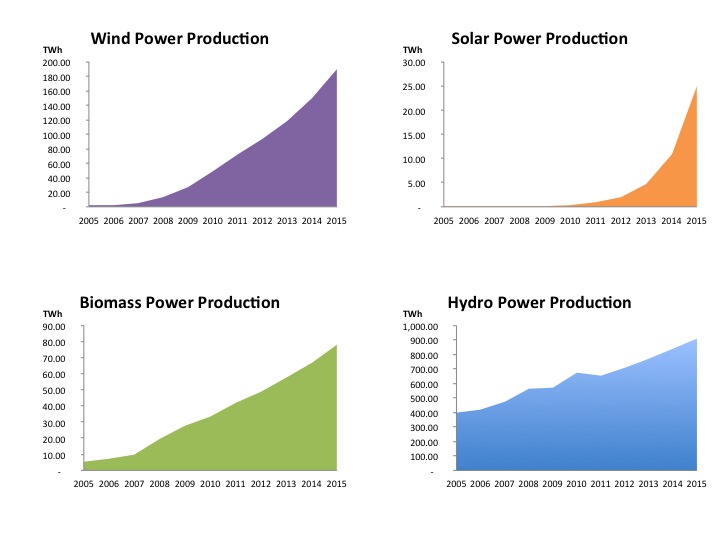
Until now the RE-development has surpassed all targets. But it might be a more challenging task to fulfill the new targets in the 12-5 plan. A number of barriers have to be removed in order to implement the 2015 targets:
For wind power and large scale solar power the integration into the energy systems are the most challenging task. Incentives for more flexible power plants, faster and better grid connection, wind turbines more suited for grid integration are some of the urgent measures.
For distributed energy like solar roof-top installations the regulatory framework, including feed-in tarifs (or net-meetering) and regulation for the grid companies on how to include local power production need to be in place.
And in general the massive development of RE technologies supported by economic incentives will soon drain the national support funding schemes and will require changes in the Renewable Energy Fund or additional funding sources.
The previous years have shown a clear will from both national and local governments to remove barriers for renewable energy, and I am quite confident that this will also happen in the years to come. However, the solutions should be implemented soon, if the RE development should continue in the expected pace.
A leaflet on the 12-5 plan RE-development is available in at www.cnrec.info.
